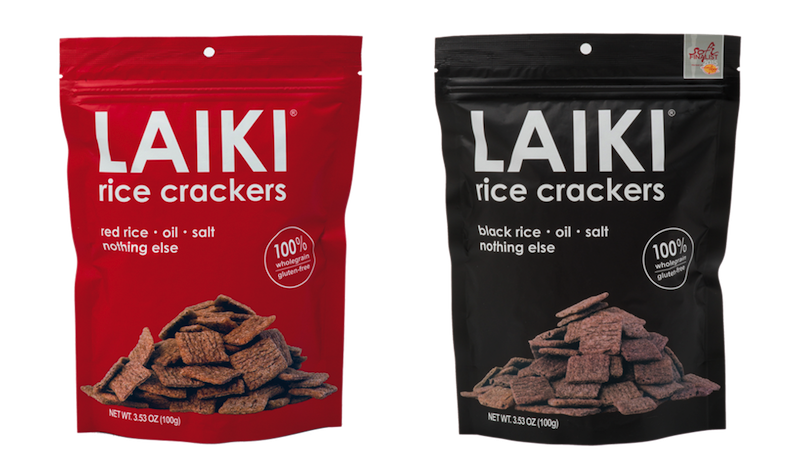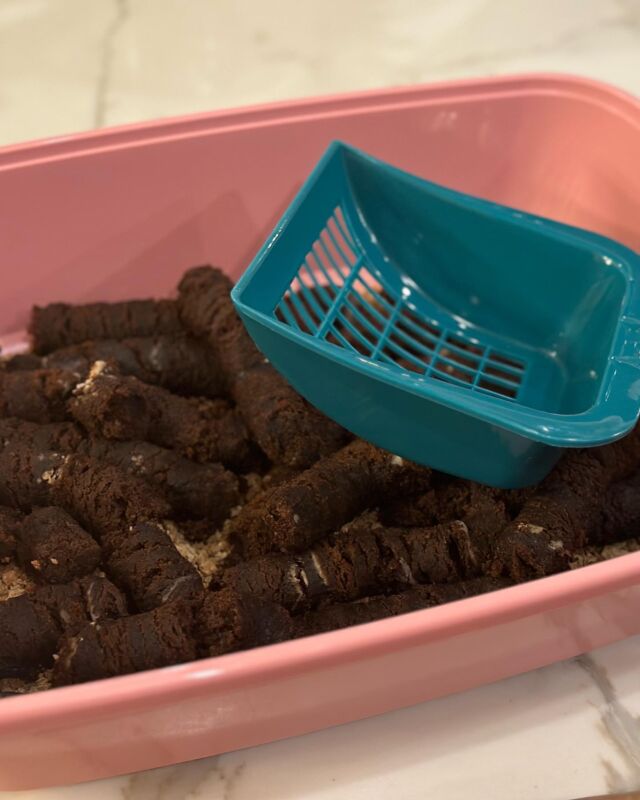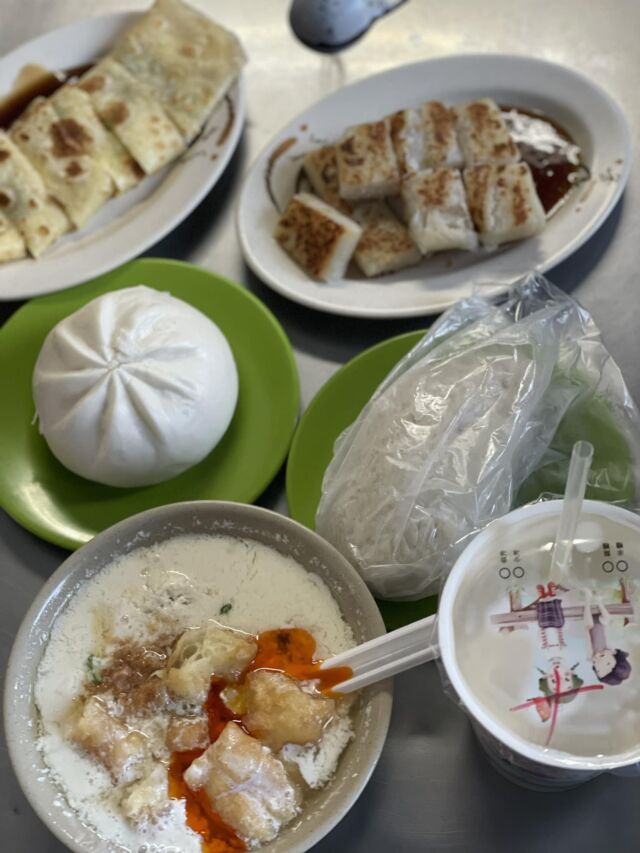I recently got hooked on rice crackers called Laiki Crackers. They’re 100% wholegrain rice crackers that are gluten-free and made with black or red rice, a little oil, a little salt and nothing else. I have small, 100-calorie packets – though I usually eat two at a time (or more…err!!!) – that help me stay aware of how many calories I’m consuming. While the ingredients list is clean, with no preservatives, chemicals or fillers, I wondered, is there nutritional value in red or black rice? We’re always told to stay away from white rice and eat brown rice instead, but why exactly? After speaking with a nutrition expert, here’s what I gather!
1. White rice is a refined grain, so it’s stripped of the hull and the bran that contain vital nutrients such as proteins, thiamine, calcium, magnesium, fiber, and potassium. It also has a higher glycemic index, and consists of simple carbs that are easy to break down and therefore give a spike to blood-sugar levels. Basically white rice is just full of empty calories because you can eat a ton, get no nutritional value, and you’ll be hungry again soon.
2. Brown rice is a wholegrain – with its hull and bran intact – and provides complex carbs and nutrients, so it’s naturally a better alternative to white rice.
3. Wholegrain black and red rices are considered even more superior to brown rice since in addition to the nutrients typically found in brown rice, they also have several phytonutrients and antioxidants in them. These rices also have richer and more distinct tastes that make them better choices.
4. Another good thing I learned is that black and red rice are gluten-free and more allergen-friendly than the others. Good to know because I’m addicted to these crackers! I still don’t think they’re a free pass…one serving size is very small – like I said I can easily eat two packs – so the calories and sodium do add up. I will say, though, they taste surprisingly salty for having just 4% sodium (again, you’ll want to note that one serving is only 21 grams). Fat is only 7% and each pack has 4% iron, 4% fiber, and 2 grams of protein. Of course, eating rice fresh is the best way to consume it, but as far as getting whole grains into my diet with no hassle, I’m loving these crunchy crackers. Now if only someone could make me some black and red rice sushi…









